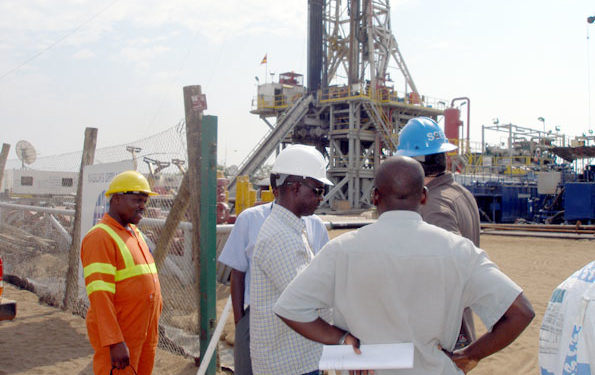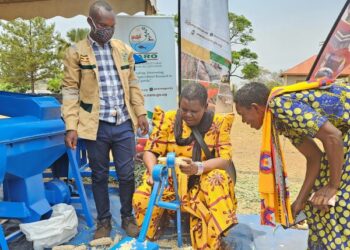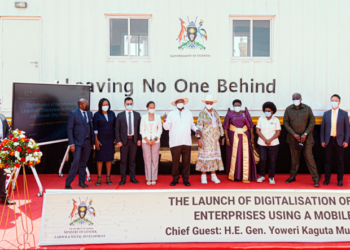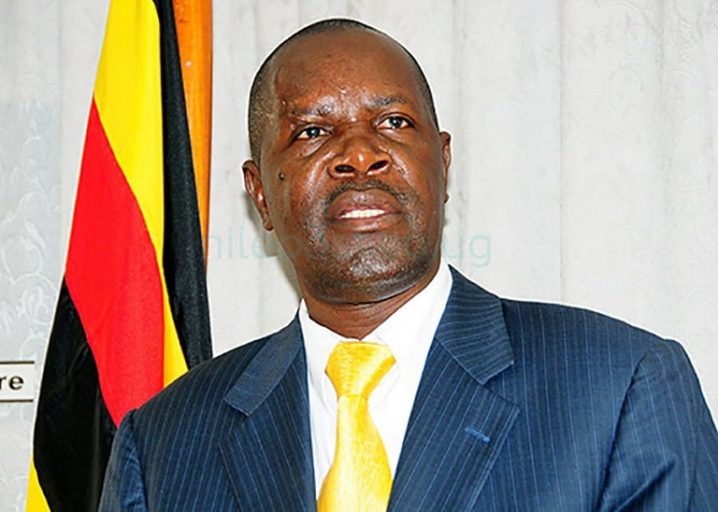Works on Uganda’s oil refinery, also known as the Albertine Graben Refinery Project in Hoima district will begin this year, Albertine Graben Energy Consortium (AGEC) partners have revealed.
With the maximum capacity of 60,000 barrels per day, the refinery will be one of the biggest oil and gas infrastructure projects to reckon with in Uganda and Africa at large if completed.
The US-based AGEC has indicated its willingness to undertake the USD 4.5 billion Final Investment Decision (FID) in the refinery, raising a ray of hope that the grand project would take off after years of stalemate.
During the high-stake meeting which took place last year in the US between Uganda’s strong man H.E Yoweri Museveni and the management of the consortium led by Mr. Rajakumari Jandhyala, an agreement was reached at, that talks on the pending matters should start immediately, with a prime aim of striking a breakthrough.
Uganda’s Presidency in early December issued a statement clarifying that the Final Investment Decision would be taken by the East African Energy Security Transition Investment project in 2023.
As global climatic disasters heighten, Uganda will be faced with a difficult task of convincing other negotiators that the project will not endanger the already fragile environmental ecosystems, through the establishment of secure, safe and low carbon energy resources.
Thus there is a highly likelihood that the year 2023 will open gates for a number of negotiations that once a breakthrough is achieved, the Final Investment Decision will be undertaken by the funders.
The high-stakes negotiation of the agreement to set up Uganda’s only refinery come at a time when oil and gas investment decisions throughout the world are being hampered by the longer-term of decarbonization to curtail global warning levels.
Earlier in 2022, the Executive Director of the Petroleum Authority of Uganda (PAU) Mr. Ernest Rubondo told the press that talks on the implementation and shareholder’s agreements were some of the pending issues related to the refinery project.
Other terms in the negotiation of the agreement relate to the crude oil supply agreement for the Uganda Oil Refinery Project because there should be a balance to ensure that the East African Crude Oil Pipeline (EACOP) is adequately supplied on a daily basis.
The funders of the refinery equally need to be supplied with assurances that 60,000 barrels per day will be the exact quantity of crude in the pipeline to keep the refinery operational due to the fact that the bigger part of the crude will be exported through the EACOP.
It should ofcourse be remembered that in 2018, Uganda’s Ministry of Energy and Mineral Development signed a Project Framework Agreement (PFA) with AGEC, to design, construct and finance the oil refinery in Hoima and Kabale districts.
In the quest to have an operational 60,000 barrels per day oil refinery, Uganda is said to have in the past negotiations been too rigid and conservative. It remains to be seen if it will soften its stance in the soon to begin negotiations.
Do you have a story in your community or an opinion to share with us: Email us at editorial@watchdoguganda.com













